This month Edmonton-based sound artist, composer and accordionist Raylene Campbell discusses her multi-media research/creation project on the cultural history of hot springs and their ancient resonance in the present moment. -RJ
__________________
By Raylene Campbell
It is late 2009 and I leave Montreal to move back west to be closer to family. My mom has been diagnosed with Alzheimer’s and is forgetting everything. I want to remember for her. Mom loves hot springs and family vacations always included trips to various sites in Alberta and British Columbia. I decide to pursue a long-term creative research project on hot springs, starting with hot springs in western Canada. When I tell people about this project, the first question I hear is, “What do hot springs have to do with sound art?” For me, there is no simple answer to this question.
Since the beginning, I’ve completed five research trips to hot springs in western Canada. These are inspired as much by past work (i.e. http://www.idreameye.tumblr.com) as by memories of childhood family vacations. When setting up and performing or presenting I Dream Eye, I consistently observed that people would gather around the small pool of water used for the video installation. They would gaze more intently at the pool of water than at the video projections reflecting off of the water. This response fascinated me. It seems we are mythic creatures after all, despite the technologisation of the image that is video. We seek our reflections in direct experience; in terms of the sacred well, remembering the past and feeling secure about the future are intimately tied. This has certainly been part of my experience of my mother’s journey of forgetting. With this insight, my research shifted away from exploring the relationship of sound and image and I spent most of 2008-2009 researching the concept/mythology of the sacred well in various cultures around the world. This, of course, led me to become interested in peoples’ belief systems regarding the healing nature of hot springs.
One of the challenges I’ve faced is finding information about the significance of hot springs in First Nations cultures. In the past, these have been oral histories and access to documentation that might exist is extremely limited. My visit to Nakusp, one of my favourite hot springs so far, has been the most enlightening in this regard. On visiting the archives at Arrow Lakes Historical Society, I discovered a two-room community museum in the basement of the same building. The museum displays the history and artifacts of the region and one of the rooms is designated for the history and culture of the Sinixt Nation. There are several artifacts displayed and a diorama of a Sinixt teepee encampment. I was thrilled to learn that these communities consistently used the thermal energy created by the land surrounding these hot springs to heat their teepees. When I spoke with one of the museum staff, she understood that the hot springs played a part, at least, in the daily life of these peoples. This was a direct contradiction to a statement by one of the archivists, who worked in the same community, in a book he published about Halcyon Hot Springs: that the aboriginal communities viewed the hot springs as containing evil spirits. This is an excellent reminder of the politics of documented history, as stories told from dominant perspectives. Despite Canada declaring the Sinixt officially extinct in 1956, there are still survivors and I am happy to note there are a few books written by Sinixt members that have recently been published.
While social and cultural histories are implicit in research concerning soundscapes, ecological issues also often emerge. When I travelled to Banff in 2012, I learned that Banff Middle Springs and Banff Kidney Springs are closed and secured against bathers for the protection of the Banff Springs Snail, an endangered species. In addition, the Banff Middle Springs are located in the wildlife corridor, with restricted access. In 2013, I learned of the decision to privatize the Banff Upper Hot Springs, Radium Hot Springs, and Miette Hot Springs. It is impossible to predict the changes that will occur at these sites, but it appears there are mixed opinions about this decision. In 2014, the Canadian federal government agreed to let Enbridge build an oil pipeline from Bruderheim, AB to Kitimat, BC. There is no doubt that this will affect the forests, parks, and other environments and communities. In my documentation, I note several commercial and/or partially developed hot springs in the regions north and south of Kitimat and wonder how this development will affect these natural resources.
I have become more and more aware of the impermanence of both the source hot springs and the commercial pools. Destruction, from what I can tell, has occurred mostly from fires and the building of hydroelectric dams, but also from submersion under rising ocean levels. Natural changes, such as the mysterious change in temperature for part of the year of the source hot spring in Banff, occur as well.
This loss of natural springs points to a need to preserve something of what exists now for the future. The focus of my audio recordings for this project has been affected by my experience of this impermanence, which ties also to my desire to revisit and preserve memories of childhood vacations with my mother. In the past, I sought to record specific sounds that caught my interest, or that had a certain texture or context for use in my compositions and creative projects. However, with this awareness of the impermanence of the hot springs, I realized the value of recording a place—documenting the sound of a location at a point in time. These are common research aims within the field of acoustic ecology; however, it represents a significant change in my recording strategy from a focal attention to a global attention to my sound environment. The audio recordings of Radium Hot Springs and Halfway River Hot Springs demonstrate a different experience between the commercial pool and the undeveloped hot spring. Using these recordings in creative work remains part of my artistic growth, but I recognize the value they have with respect to acoustic ecology and the documentation of a specific sound environment.
In December of 2014, I exhibited my first work based on hot springs research at SONAR, a group show featuring Edmonton sound artists, part of the Art Gallery of Alberta at Enterprise Square Galleries exhibition series. The curator’s (Kristy Trinier’s) concept for SONAR references sound navigation and ranging to explore the potential of sound as an interdisciplinary medium. [Note: the definition of sonar is—a method or device for detecting and locating objects, especially underwater, by means of sound waves sent out to be reflected by the objects.] In negotiating the creative concept for a new work with Kristy, we both agreed the piece would be presented as a three minute, looping audio/video work. The piece, Trajectory, explores aspects of sound art in relation to image in three sections, and follows the curatorial theme by navigating the creative process from the source of inspiration to the final composition.
The first section reveals the source of inspiration, a simple field recording of the cave at Cave and Basin National Historic Site. The social and cultural history of this and other sites in Alberta and British Columbia informed my creative decisions for Trajectory. As the Canadian Pacific Railway was being developed westward, the railway workers found various hot springs throughout the mountain ranges. These became quite popular as they were probably the only significant source of hot water for bathing for these folks. The value of these hot springs as tourist destinations was immediately recognized and in the mid 1880’s to early 1900’s, several hot springs pools were developed and the general public was invited to travel to these destinations to “take the waters.” Various hotels and hospitals were built and the culture of medically supervised vacations, which had become popular in Europe earlier in the century, began to thrive. Tourists and patients would come from Canada, the United States, and even Europe to take in the healing waters. The primary modes of transportation to these destinations were train and steam boat.
The second section of the piece explores the challenges of the creative process by juxtaposing documentation of various hot springs with recordings of performative gestures. The accordion improvisations were shot at locations in Edmonton, including rail yards and the river valley (with the Edmonton Queen in the background).
The third section presents the creative documentation of the final composition, performed on concert accordion and recorded in studio. The composition was inspired by the experience of hearing a train passing close by.
My research process has evolved since 2009 to include visiting commercial and undeveloped hot springs, conducting research in the archives of regional museums, conducting interviews when a good opportunity presents itself, engaging in informal conversations with locals and tourists, and documenting the hot springs (i.e. audio field recordings, video, and photography). I decided early in the project to disseminate some of the documentation gathered from these research trips on a dedicated website. This map identifies many of the developed and undeveloped hot springs in western and northwestern Canada. For each hot spring visited, I’ve created a webpage, or gallery, and have linked these pages to the locations on the map.
This is a long-term project, with no end date. In this way, my childhood memories remain alive and my mom’s forgetting is my remembering. I am preserving our past for all time. My intention is to continue the research, in Canada and beyond, and create new works as opportunities, time, and resources become available. I am beginning to realize how extensive the archival research will be and remain enthusiastic about this aspect of the project. I would like to present the stories and information in a form that is accessible for people. This might be podcast style storytelling or radio art and, eventually, performance. In the future, as I come closer to exploring most of the hot springs regions in western Canada, I would like to present this project as a gallery installation, showing my documentation, research, and artwork. I suspect to take at least five more years to complete the research trips necessary for this type of presentation. Nevertheless, I foresee many adventures as well as the creation artwork as my practice evolves, as an individual or in collaboration, drawing on this research as inspiration—it is indeed my sacred well, Ray’s Well.
To view the research, documentation, maps, and sound art about Raylene’s project, please visit: http://rayshotspringsproject.com.
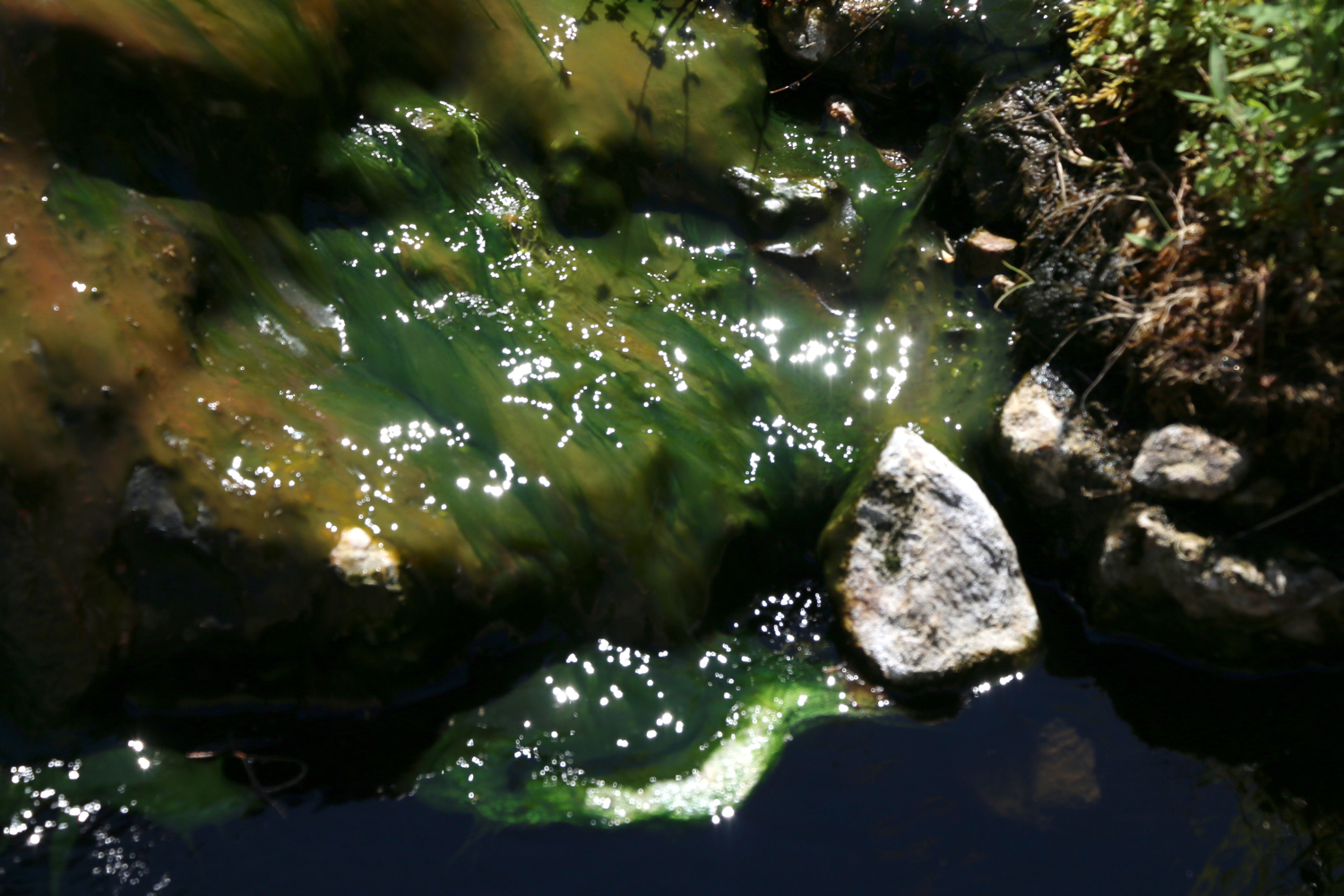
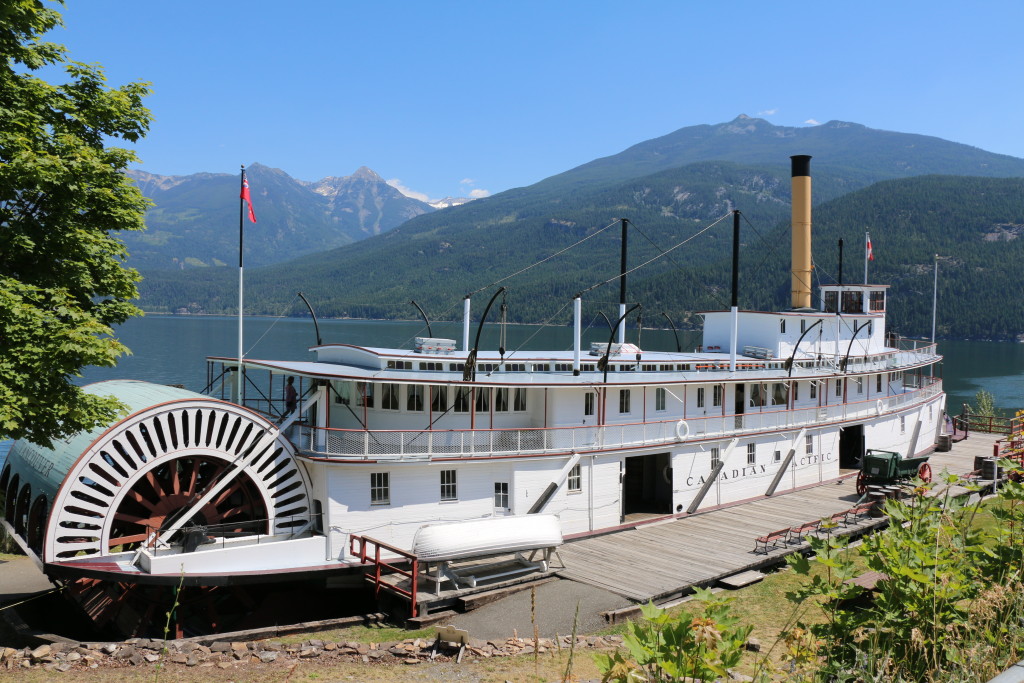



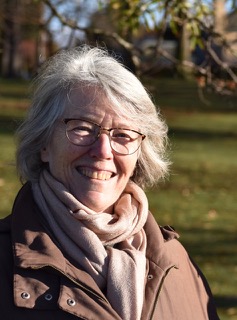
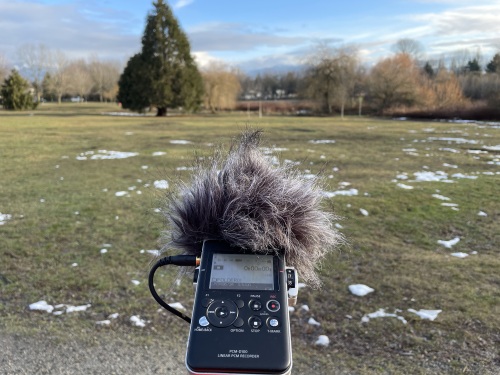
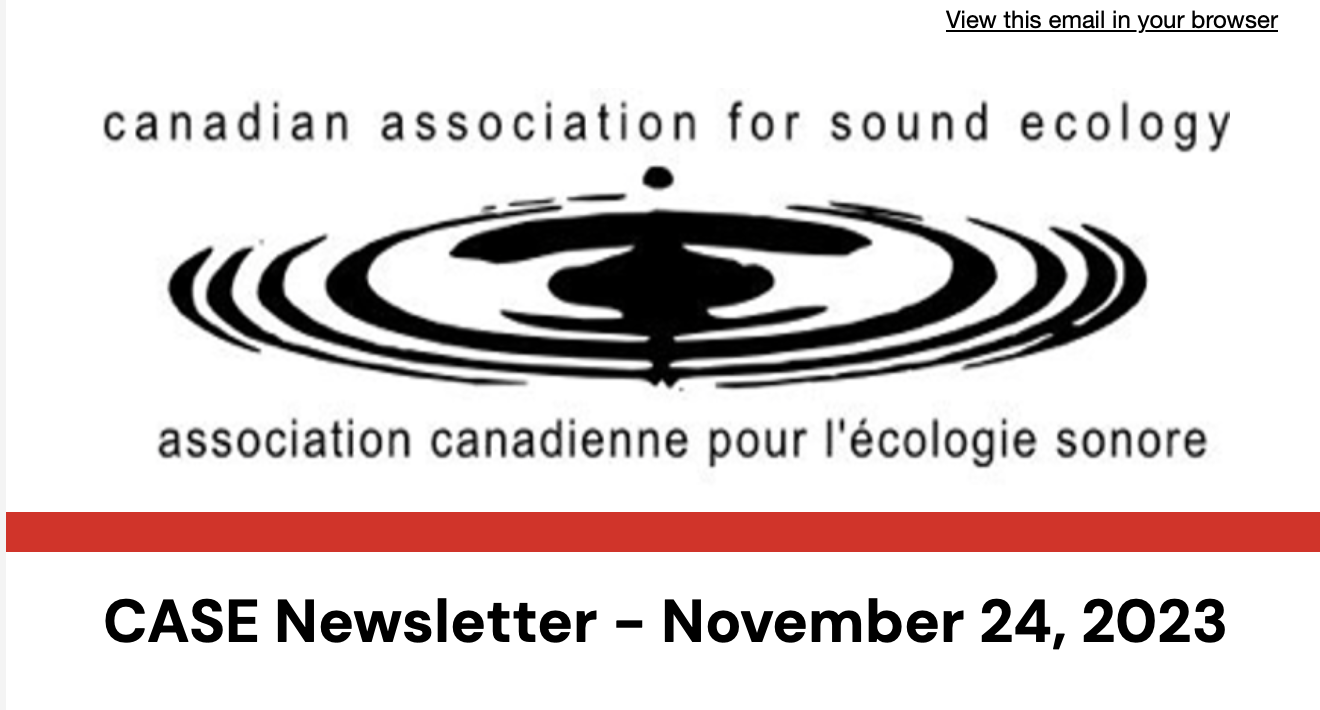
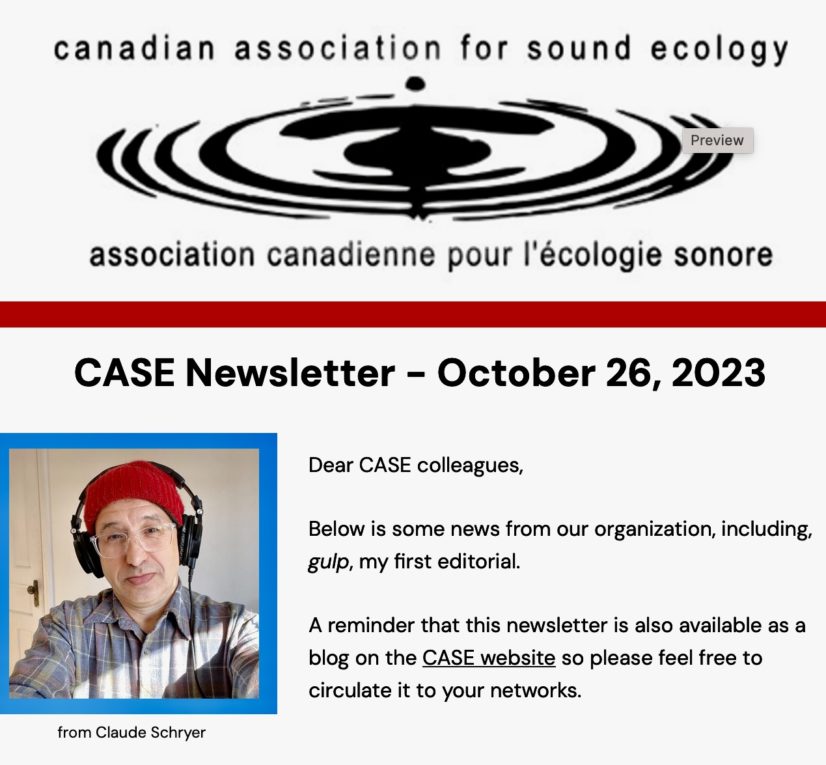
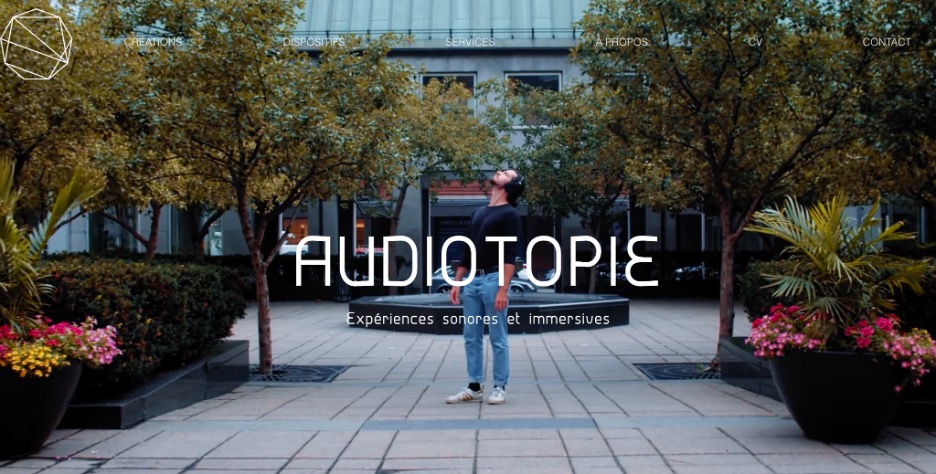
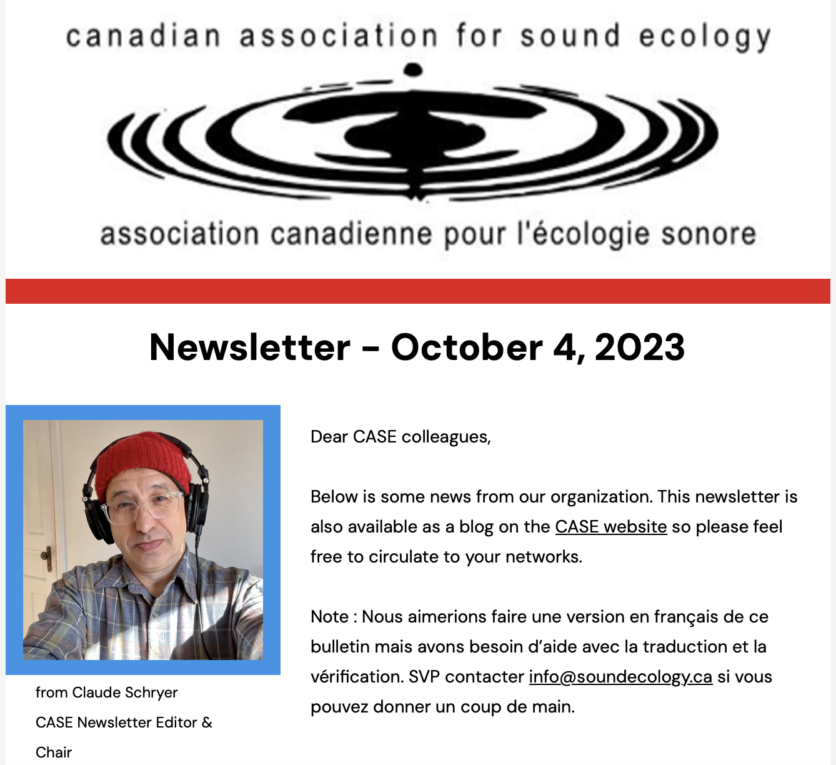
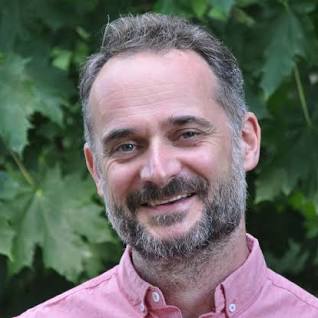
Leave a Reply